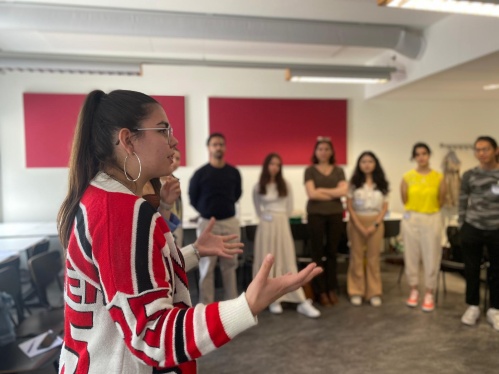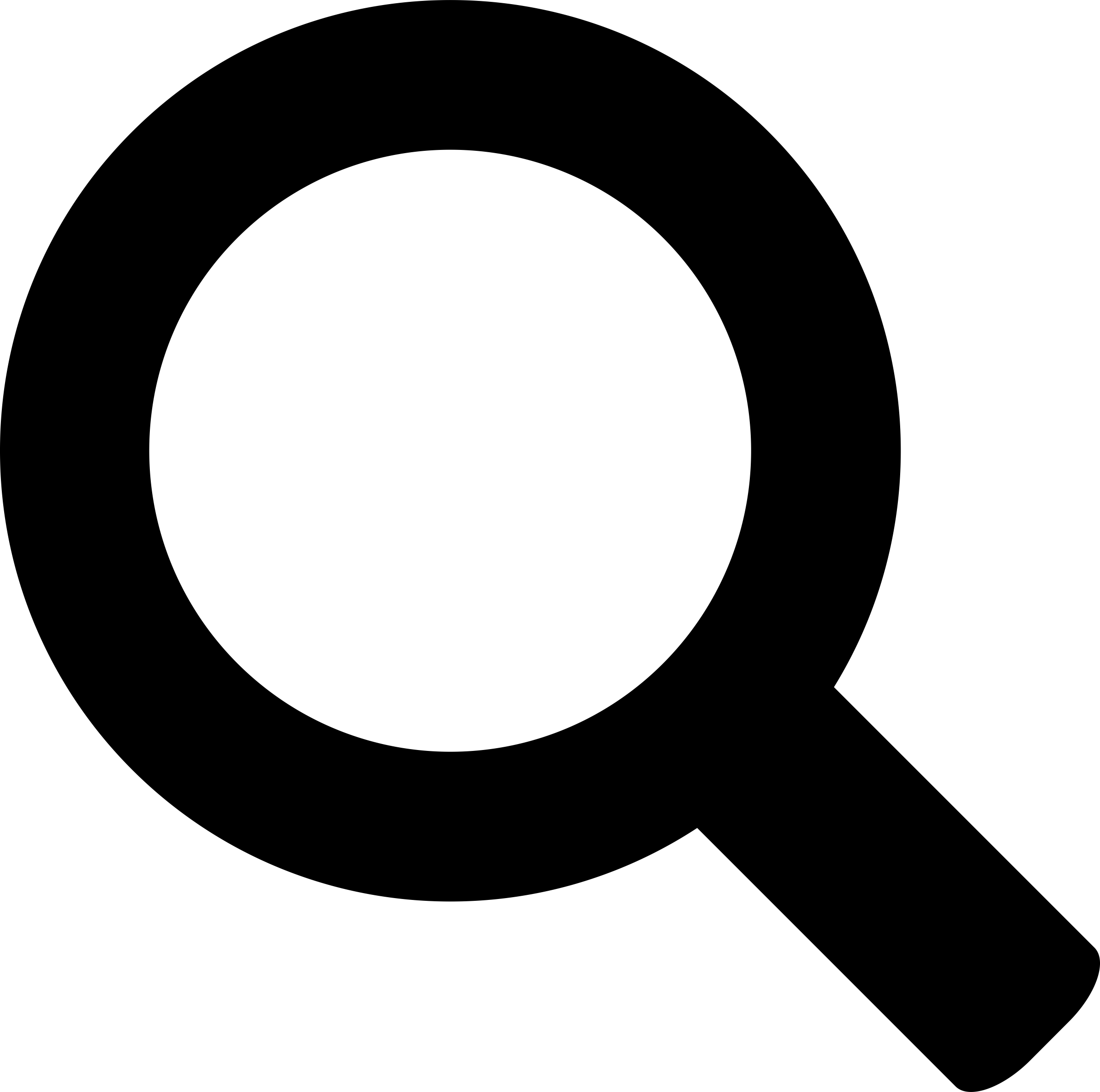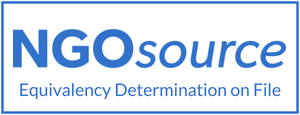This summer, Marie, Catherine, Rexhina, and Maria participated in the MDT Move 4 Human Rights Summer Edition. The two-week program was an opportunity for young people to bridge human rights theory and practice while building inclusive societies and addressing human rights issues. In an interview, Marie, Catherine, Rexhina, and Maria share their experiences from the program and offer insights into the impactful project they developed.
Engaging Workshops
During the first week, participants engaged in a series of workshops organized by Human Security Collective, Human Rights in the Picture, Our Bodies Our Voice, and Justice & Peace. These workshops provided valuable insights and tools for addressing human rights issues and insights into the practices of human rights organizations.
When it came time to select a focus for their group assignment, the team was drawn to participatory action research, a method highlighted in the workshops by Human Security Collective and Human Rights in the Picture. According to them, this approach resonated with the team because it introduced them to innovative methods of advocacy, such as storytelling, that combine creative approaches with real-world human rights challenges. They were particularly inspired by the idea of working directly with affected communities, ensuring that their voices were central to the solutions being developed. This method aligned perfectly with their shared commitment to making their advocacy work both impactful and inclusive.
Meeting New People
The diversity of the group played a significant role in the personal growth of all four participants. Reflecting on the experience, Maria shared, “Every single assignment or conversation we had had an impact on me. Even the small conversations sometimes just made me aware of everybody's positionality and how different we all are.”
This exposure to varied perspectives deepened their understanding of human rights issues, highlighting the value of learning from each other's backgrounds and experiences.

The Shadow of Immigration
Throughout the program, participants applied what they had learned by working on group projects. The team worked on a project titled “The Shadow of Immigration,” aimed at highlighting the often-overlooked stories of immigrants and refugees. The project focused on the voices of refugees arriving in the Netherlands, specifically interviewing individuals in a refugee camp in Utrecht.
The visual representation of the project included a detailed map illustrating the arduous journeys that refugees undertake from their home countries to the Netherlands. This map visually depicted the long and complex routes, shedding light on the challenges faced along the way.
To respect the anonymity of the individuals interviewed, the team utilized outlines, or “shadows,” of people. Each shadow was accompanied by a narrative that described their journey and personal quotes, providing a glimpse into their experiences and struggles. Additionally, the team included a video component that enhanced the storytelling, offering an immersive look into the stories.
"The shadow is a metaphor for explaining that sometimes [in order to see] shadows, you have to put lights [on]," explains Marie. "We decided to put lights on this subject to highlight the unspoken words and situations that immigrants face."
Catherine added, "We wanted to take [out] this label and talk about them as human beings, not as refugees."
The project was driven by the team’s personal connections to the topic and their desire to humanize the immigrant experience. Rexhina shared her personal connection to the project: "I connect with all the immigration that my country has gone through and still goes through, for not being accepted and being categorized in a bad way as criminals. Even though we're not there as criminals, we're just there to see a brighter future for us and our families.”
Impact
The team is hopeful that “The Shadow of Immigration” will foster greater empathy and understanding. By bringing these stories to the forefront, they aim to challenge existing stereotypes and encourage a more compassionate view of immigration.
"I think that visibility and awareness will definitely be raised," said Maria. "We will shed light on parts of the topic that have not been talked about much and maybe not presented in the media. We're giving the people we interview the space to be heard, which they might not have had before. That’s a positive impact on them, who are the most important actors in this project.”
Marie, Catherine, Maria, and Rexhina’s participation in the Move 4 Human Rights Summer Edition showcases the effectiveness of combining education, creativity, and collaboration in advancing human rights advocacy. Their project stands as a testament to their dedication to making a meaningful impact on how immigration is perceived and understood.




